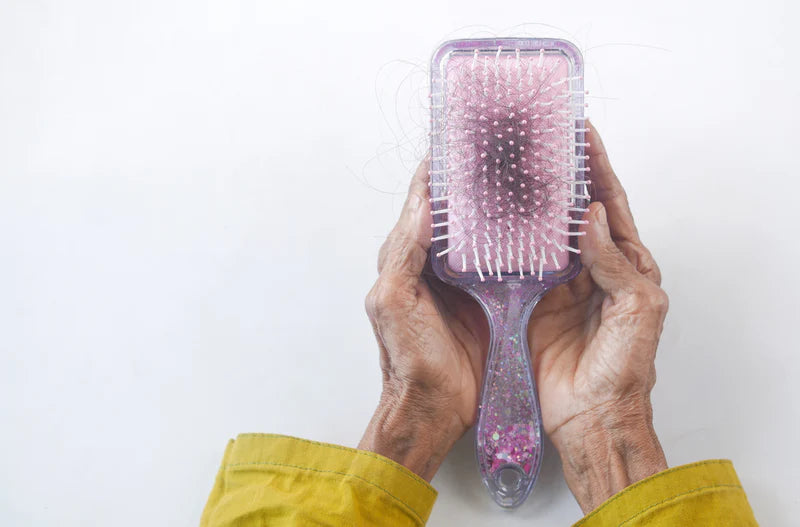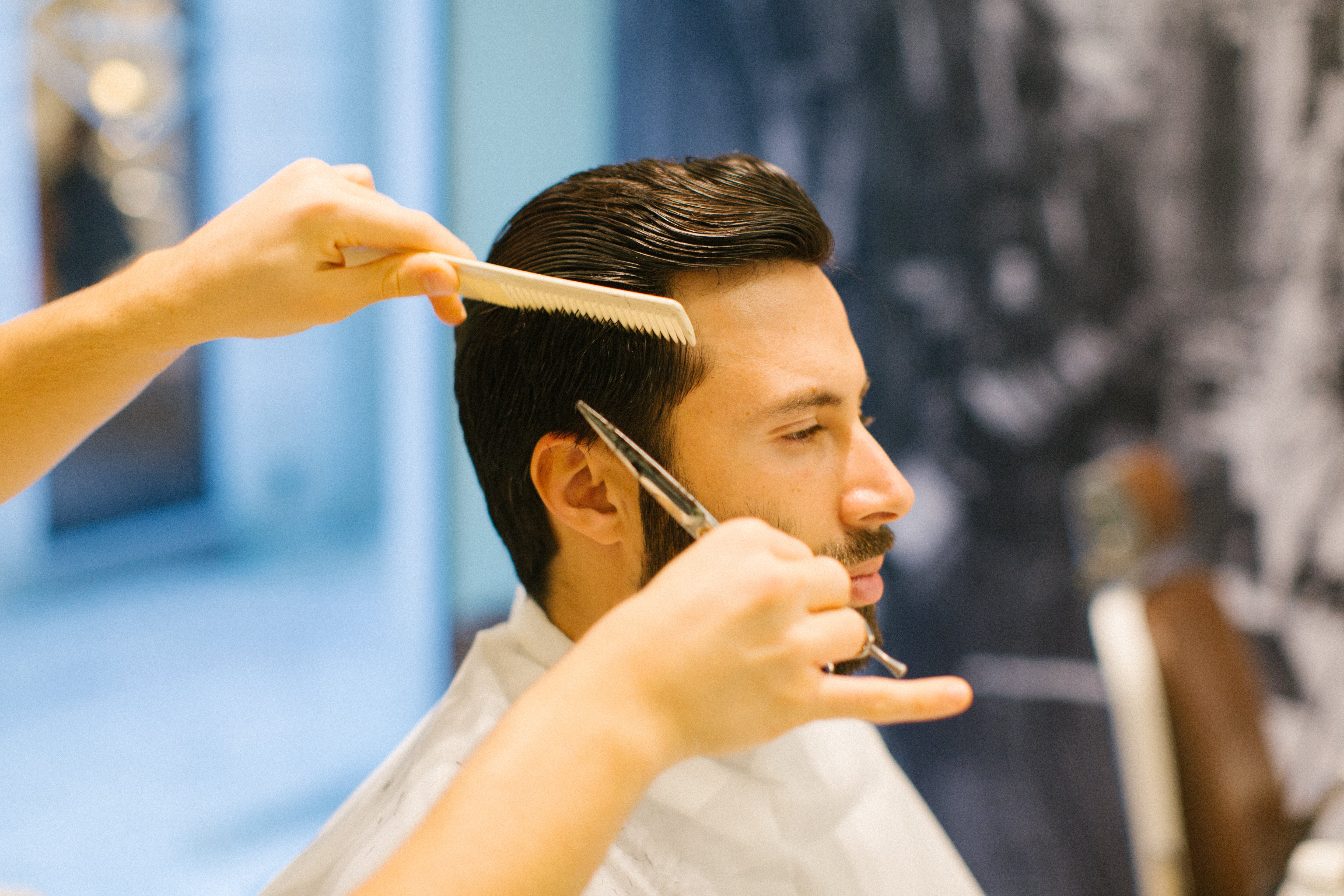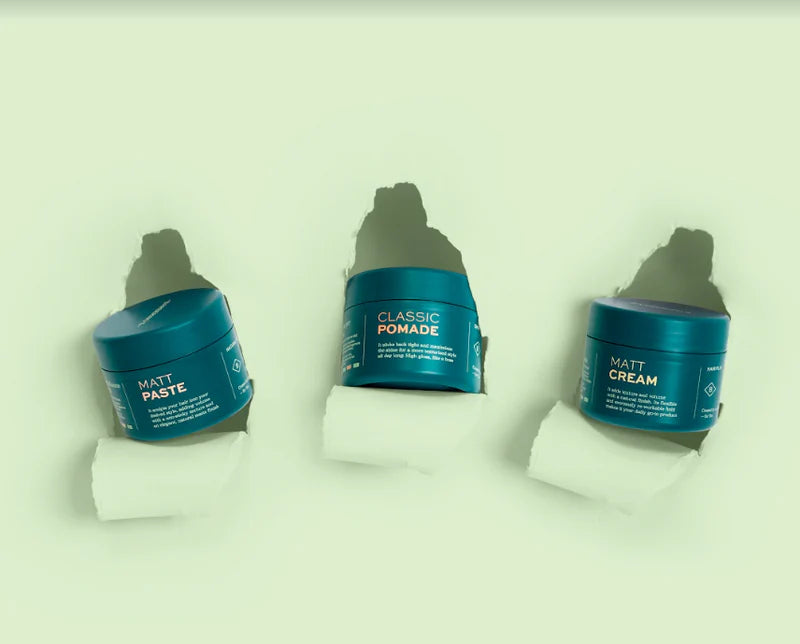
ALOPECIA AREATA: SYMPTOMS, CAUSES, AND REMEDIES
The exact causes of this condition remain largely unknown, but researchers believe it to be an autoimmune disorder. Autoantibodies mistakenly attack hair follicle structures, recognizing them as foreign. These autoantibodies target follicles in the anagen phase (growth phase), causing them to prematurely shift to the telogen phase (resting phase), during which all functional activities cease, and hair falls out during washing or brushing.
As a result, hair or body hair grows only a few millimeters before falling out.
The hair loss typically appears as patches because it affects specific areas of the scalp where the hair is more susceptible. It can manifest as a single patch or multiple patches right from the onset.

PREDISPOSING FACTORS FOR ALOPECIA AREATA
- Genetics: This is primarily a genetic condition, so cases in your family may increase your likelihood of developing it.
- Emotional triggers: Psychological trauma or periods of intense stress, which have a strong emotional impact, can also contribute.
The condition typically arises during puberty or between the ages of 20 and 40.
COURSE OF ALOPECIA AREATA
Another unique aspect of this condition is its unpredictable progression.
- In some cases, it regresses naturally within a few months, with hair regrowth occurring within a year, even without treatment.
- In others, after an initial recovery, the condition may recur.
WHEN TO SEE A DOCTOR
If the condition repeatedly recurs or shows no signs of improvement, it’s advisable to consult a doctor, especially if significant or prolonged thinning occurs (lasting more than four weeks). A doctor can assess the situation comprehensively and recommend the appropriate course of action—whether natural remedies or specific treatments based on the patient’s age, the severity of the condition, and whether it is acute or chronic.
It’s important to note that treatments for alopecia areata must be continued for 8-12 months before declaring them ineffective.
NATURAL REMEDIES
Lifestyle adjustments can play a key role in managing and slowing the progression of alopecia areata.
Dietary Considerations
Hair is primarily composed of keratin, a protein made up of two amino acids: cystine and lysine. These can be found in foods like fish, red meat, cheese, legumes, and eggs. Pair these with foods rich in vitamins A, B, and E, such as spinach, broccoli, and Swiss chard, to promote healthy hair growth.
Essential Oils
In addition to a proper diet, applying natural essential oils can improve elasticity and stimulate microcirculation in the scalp. Massage 2-3 drops of oil into the scalp until absorbed to enhance blood flow. The most effective oils for this purpose include nettle, rosemary, and thyme.
By addressing the condition with these practical steps and seeking professional advice when necessary, alopecia areata can be managed effectively, helping to restore both hair and confidence.



